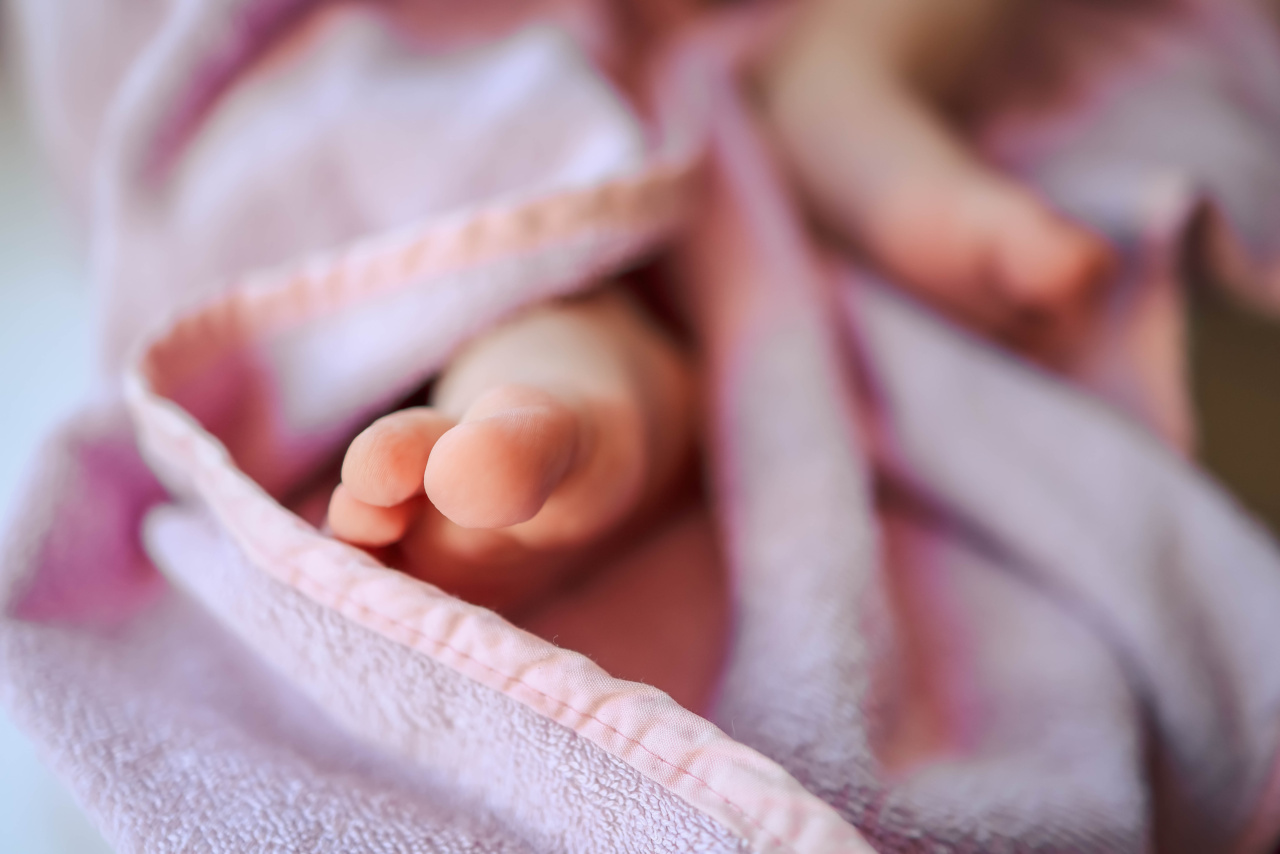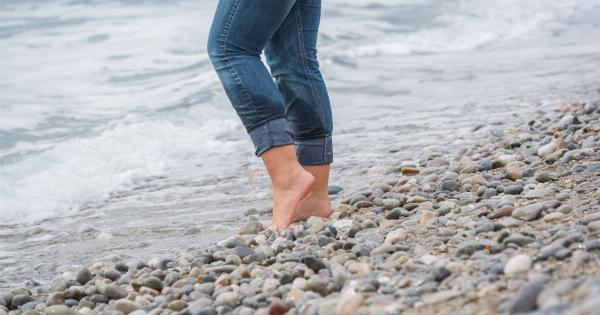Swollen feet and varicose veins are common conditions that affect a large percentage of the population. Swollen feet can be attributed to numerous causes, from standing for long periods of time to certain medical conditions.
Varicose veins, on the other hand, are dilated, twisted veins that appear dark blue or purple. While they can be unsightly, they rarely cause any serious health risks.
What are Swollen Feet?
Swollen feet, also known as edema, is a condition where excess fluid builds up in the tissues of the feet and ankles. This can occur due to a variety of reasons including, but not limited to:.
- Pregnancy
- Injury
- Prolonged standing or sitting
- Hormonal changes
- Obesity
- High salt intake
- Heart, liver or kidney disease
If you experience swelling in both feet, it may not be a cause for concern. However, if only one foot or leg is swollen, it may indicate a blood clot and immediate medical attention is needed.
How to Treat Swollen Feet?
There are a few things you can do to prevent or alleviate swelling in your feet:.
- Elevate your feet: Prop your feet up several times a day to allow excess fluid to drain out of the feet and ankles.
- Exercise regularly: Regular exercise can improve blood circulation and prevent fluid buildup in the legs and feet.
- Wear compression stockings: Compression stockings can help improve blood flow and prevent swelling in the feet and ankles.
- Reduce salt intake: Excessive salt intake can lead to fluid retention, so reducing your salt intake may help prevent swelling in the feet.
- Stay hydrated: Drinking plenty of water can help flush out excess fluids from your body and prevent edema.
What are Varicose Veins?
Varicose veins are enlarged, twisted veins that appear bluish-purple in color. They can occur anywhere in the body, but are commonly found in the legs and feet due to the increased pressure on these veins when standing or walking.
Varicose veins are generally considered a cosmetic issue and do not present any serious health risks. However, they can cause discomfort and pain.
What Causes Varicose Veins?
Varicose veins occur when the valves in the veins become weak or damaged, causing blood to pool in the veins and increasing pressure in the vein walls. This can be caused by:.
- Age: As you age, your veins may weaken and lose elasticity, leading to varicose veins.
- Pregnancy: The increased pressure in the abdomen during pregnancy can cause varicose veins.
- Gender: Women are more likely to develop varicose veins than men. Hormonal changes during puberty, pregnancy, and menopause can contribute to their development.
- Family history: If your parents or grandparents had varicose veins, you may be more likely to develop them as well.
- Obesity: Extra weight puts more pressure on your veins, increasing your risk of developing varicose veins.
Symptoms of Varicose Veins
The most common symptoms of varicose veins include:.
- Enlarged, twisted veins that are visible on the surface of the skin
- Aching or heavy feeling in the legs
- Burning or throbbing sensation in the legs
- Swollen feet and ankles
- Skin discoloration around the affected veins
How to Treat Varicose Veins?
Varicose veins can be treated in a variety of ways depending on the severity of the condition:.
- Compression stockings: Wearing compression stockings can help relieve symptoms of varicose veins and prevent them from getting worse.
- Sclerotherapy: This is a minimally invasive procedure where a solution is injected into the affected vein, causing it to scar and close. Blood then naturally reroutes itself through healthier veins.
- Endovenous laser treatment: This is a minimally invasive procedure that uses laser energy to close the affected vein.
- Vein stripping: This is a surgical procedure where the affected vein is removed through small incisions.
How to Prevent Swollen Feet and Varicose Veins?
There are several things you can do to reduce your risk of developing swollen feet and varicose veins:.
- Exercise regularly: Physical activity can help improve blood flow and prevent fluid buildup in the legs and feet.
- Maintain a healthy weight: Extra weight puts more pressure on your veins and increases your risk of developing varicose veins.
- Wear comfortable shoes: Tight shoes or high heels can restrict blood flow and increase your risk of developing varicose veins.
- Elevate your feet: Elevating your feet several times a day helps to improve blood flow and prevent fluid buildup.
- Avoid sitting or standing for extended periods of time: If you have to sit or stand for long periods of time, take frequent breaks and move around as much as possible.
When to See a Doctor?
If you experience any of the following symptoms, see your doctor immediately:.
- Sudden swelling in one leg or foot
- Swelling in one leg accompanied by pain or tenderness
- Sores or skin ulcers on your legs or feet
- Bleeding from a varicose vein
If left untreated, varicose veins can lead to more serious complications, such as blood clots or ulcers.






























